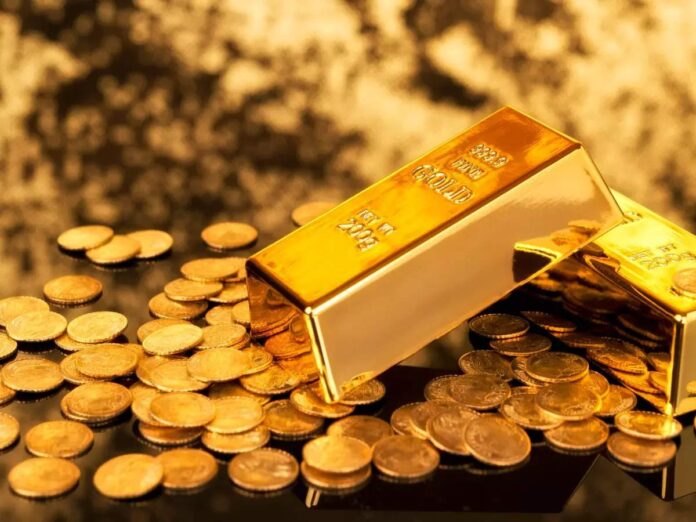Gold has just set a new historical high around 3,703 USD/oz, reflecting the combined strength of monetary easing expectations and increasing safe-haven flows. This development shows that global investors are increasing their gold positions ahead of the September 18 FOMC meeting, against the backdrop of ongoing economic and geopolitical uncertainties.
At present, what the market is focusing on is not only whether the Fed will cut interest rates, but also the accompanying message. If the Fed takes a dovish stance and opens the door to a clear easing cycle, real yields will have room to decline, the USD will weaken, and gold will continue to find support. Conversely, a cautious or hawkish tone could trigger a short-term correction, even though the long-term trend may remain intact.
Recent U.S. economic data continue to show mixed signals. CPI in August rose 0.4% m/m, pushing CPI y/y up to 2.9% from 2.7%, indicating that consumer inflation remains sticky. On the other hand, PPI fell 0.1% m/m, reflecting that input price pressures have eased. In addition, the preliminary Michigan consumer sentiment index for September came in well below expectations, while jobless claims showed that the labor market remains resilient. This set of data reinforces the likelihood of a 25 bps Fed cut but also highlights the risk of persistent inflation, making it difficult for the Fed to signal a rapid easing path.
A divergence is emerging in investment flows: while global gold ETFs saw inflows of about USD 5.5 billion in August, bringing the year-to-date total to nearly USD 47 billion, investment demand in China has shown signs of stalling. Chinese gold ETFs recorded outflows of around RMB 6 billion (≈USD 834 million), SHFE gold futures trading volume dropped 26% m/m, and withdrawals from the Shanghai Gold Exchange reached only 85 tons, the lowest August level since 2010. This reflects a trend of domestic investors shifting into equities as the Chinese stock market surged. However, the LBMA Gold Price PM in USD still rose 3.9% in August, and the Shanghai gold benchmark (SHAUPM) in RMB increased 2%, indicating that Western capital flows are playing the main role in supporting prices.
From a long-term perspective, official demand from central banks continues to be an important anchor. The People’s Bank of China purchased an additional 1.9 tons of gold in August, marking the tenth consecutive month of accumulation, bringing total holdings to around 2,302 tons, accounting for 7% of foreign exchange reserves. This move shows that gold is still regarded as a strategic asset in a context of global uncertainty, providing a foundation that makes deep corrections less likely.
Geopolitical factors continue to reinforce gold’s safe-haven role. Israel’s ground offensive into Gaza City, Russian UAV incursions into NATO airspace, and escalating tensions in the Middle East are boosting demand for safe-haven assets. As the Fed is about to decide on policy, such geopolitical shocks could increase volatility and amplify defensive buying.
In the short term, the outlook for gold remains temporarily positive. If the Fed cuts 25 bps with a dovish message, a weaker USD could help gold extend its rally toward higher target zones. Conversely, if the Fed surprises with a hawkish stance, a corrective phase could emerge. In this scenario, buying from global ETFs, central banks, and safe-haven demand driven by geopolitical risks will be the key factors determining the extent of the correction.















